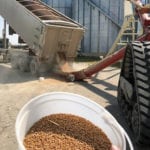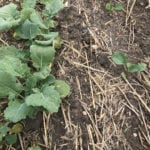Water in the bank is a certainty; rainfall is a probability. Much of what we do in farming is based on probabilities — a game of chance. What are the chances we will get timely rains to keep a crop from withering away to a low yield? What are the chances we will suffer disease […] Read more













